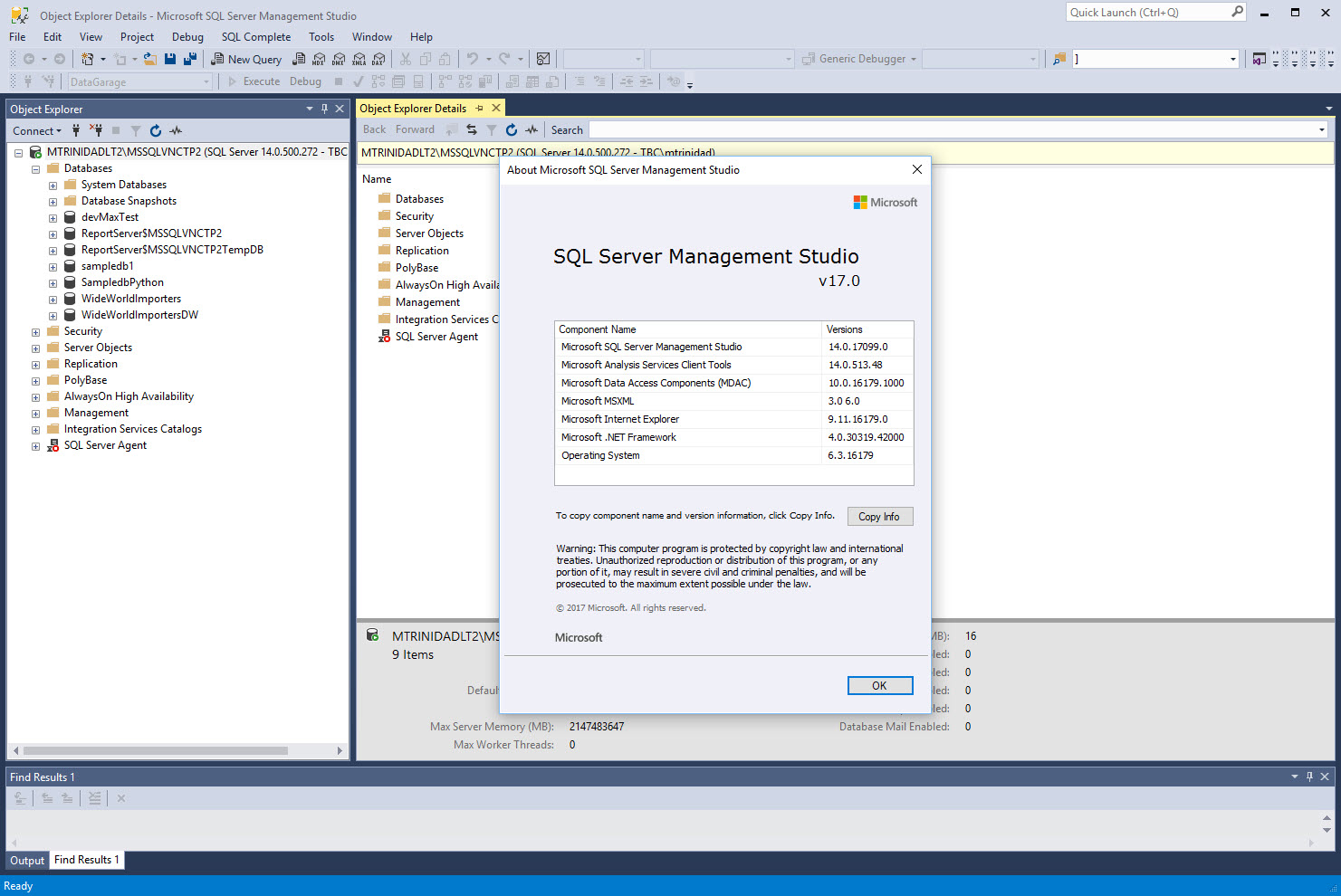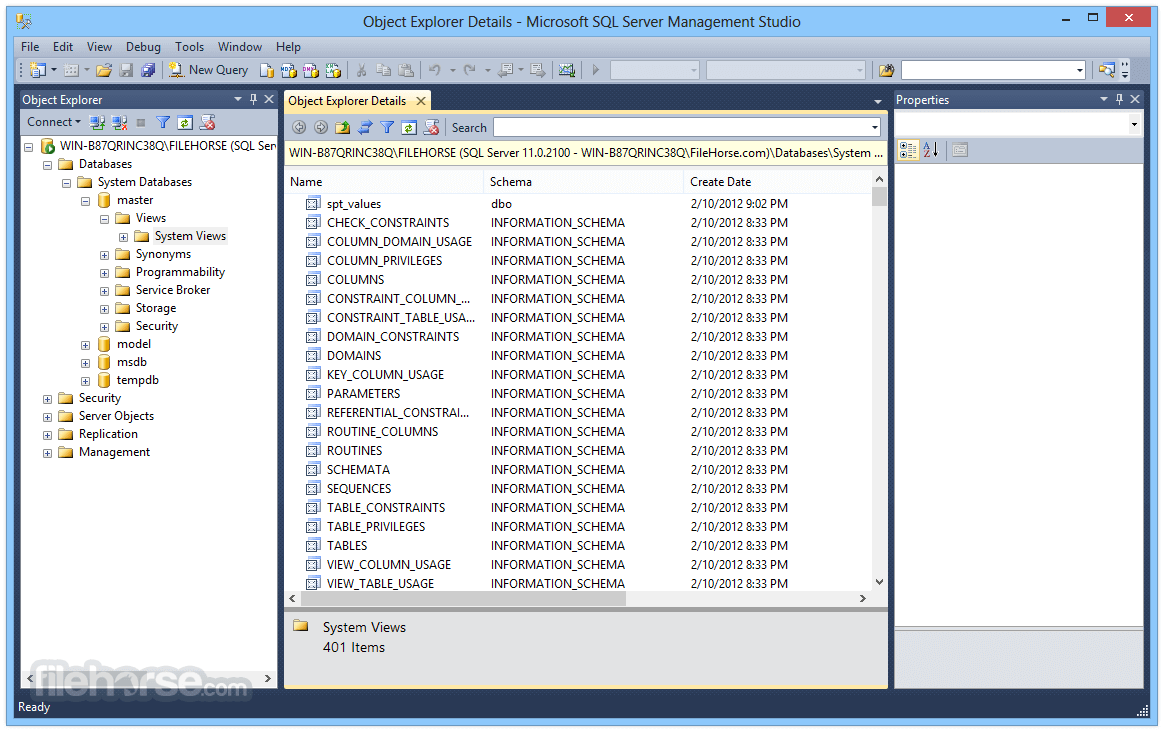
If you are just starting out with offshore fishing it is important to get good information about the basic fishing strategies. If the fish finder is marking bait, fish are breaking on the surface or birds are diving offshore there is a good chance tuna will be around! The general strategy of tuna fishing is to head for ledges, canyons, or humps and look for activity along the way. Tuna are often concentrated around large schools of bait. Tuna are typically caught from the edge of the reef in about 100 feet of water all the way out to 1000+ feet of water in the Gulf Stream. When the fishing pole gets bit you never know for sure what type of fish is on the line. This makes fishing for tuna is very exciting. When fishing for tuna it is also common to catch sailfish, marlin, mahi-mahi, and wahoo.

I am in the minority of people that like to eat tuna steaks that are cooked through. Tuna can be made into sashimi, sushi or tuna steaks that can be seared or cooked through. Blackfin tuna and Mahi-mahi are my two favorite fish to eat. The size of fish can vary from 1 pound up to 40 pounds. All bluefin tuna catches most also submit a catch report online within 24 hours.īlackfin tuna can be caught in Florida year-round and is one of the most consistent offshore fish species to catch. Some species of tuna migrate large distances and a highly migratory species permit is needed.


Tuna are a schooling fish that often feed on baitfish, shrimp, and squid. In the pacific ocean, there are pacific bluefin tuna, yellowfin tuna, bigeye tuna, albacore tuna, black skipjack tuna, pacific bonito, and frigate mackerel. In the Atlantic ocean tuna species include yellowfin tuna, Atlantic bluefin tuna, blackfin tuna, bigeye tuna, skipjack tuna, and little tunny. Trolling, chunking, jigging, and using live bait are the four ways tuna are caught by sport fisherman. There are many different types of tuna but they can all be caught with similar fishing techniques.


 0 kommentar(er)
0 kommentar(er)
